Strategies for customer retention & loyalty marketing
Crafting successful strategies for customer retention is a vital endeavour for businesses that want to thrive. This concept isn't just about ticking a loyalty marketing box; it's about devising comprehensive strategies to nurture and cherish the customers that make your business what it is today.
In this guide, we'll delve into why well-considered customer retention strategies are key to your business’ success and how to build a winning loyalty marketing plan that keeps customers coming back for more. We'll uncover the key principles that will help you foster long-lasting relationships and ultimately drive business growth.
Skip to:
The psychology behind loyalty strategies
Loyalty marketing will keep customers coming back for more, thanks to enticing rewards and offers. But the real secret to making this retention strategy shine is to understand how your customers' minds work.
Loyalty programmes play into the way we humans think and feel.
We all love a good reward – whether it's earning points, snagging discounts, or getting those exclusive perks. It makes us feel like we've achieved something, and it keeps customers coming back to see what else your brand has to offer.
Here are just some of the key psychological principles that are often harnessed in loyalty marketing:
- Operant conditioning: This psychological concept, developed by B.F. Skinner highlights how consequences influence human behaviour. In loyalty marketing, it’s believed that customers are more likely to make purchases when they're offered rewards or incentives, which act as positive reinforcements for their actions.
- Goal gradient effect: This is about our natural desire to achieve things. In customer retention, it's like a little push that keeps customers buying as they get closer to a reward or goal. Imagine a coffee shop's loyalty programme that gives you a free coffee after a certain number of purchases. As you get closer to that free coffee, you're more motivated to keep buying.
- Loss aversion bias: This one plays on the fact that people hate losing things more than they enjoy gaining something of equal value. In loyalty marketing, it's used to make customers feel like they might miss out on rewards if they don't keep engaging. It creates a sense of urgency, where customers think, "I better act now, or I'll miss out."
- Anchoring bias: This principle involves customers using their initial rewards as reference points to evaluate the value of future incentives. Businesses strategically offer these initial rewards, which become benchmarks, shaping how customers perceive the value of loyalty initiatives.
How to improve customer retention
*Free Download*
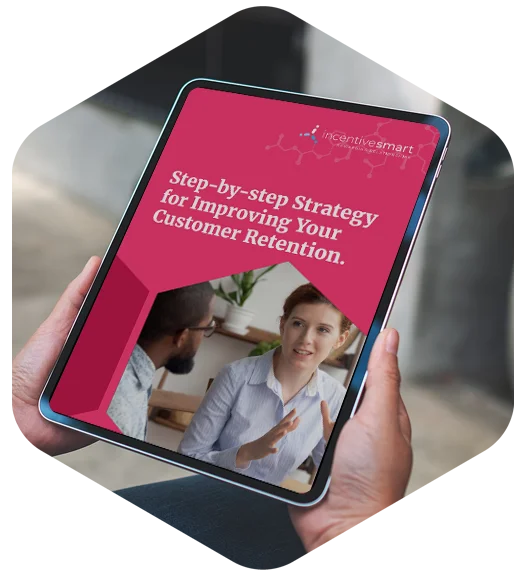
How to maximise the impact of your customer retention strategies
While loyalty initiatives are common, making them work effectively to build strong and lasting customer relationships is a different story.To maximise impact, it’s about creating a dynamic and engaging experience that keeps your customers coming back for more. Having customers choose you time and time again is a true measure of success; and much more valuable than a revolving door of new and fickle customers.
So, here’s how you can supercharge your loyalty efforts to ensure customers stick around:
1. Don’t think of loyalty marketing as an ‘add on’ feature

Customer loyalty isn't just a compliment to your business; it’s a must, to keep your company afloat.
Attracting new customers with a special offer might give your business a temporary boost, but these individuals most likely aren’t going to be interested in what you have to offer in a few months. Constantly investing in new customers is like pouring petrol into a leaky tank. It's inefficient, costly, and unsustainable.
Loyal customers provide a stable revenue stream and spread the word about your business; both of which are essential for long-term success.
So, don’t let retention become an afterthought – it’s a crucial investment for a stable future.
2. Give your customers clarity
If you're not crystal clear on things like how points are earned or what the programme offers, you're basically handing your customers a pair of holey socks or an inkless pen – not very useful at all.Lack of clarity can seriously dent customer confidence. So, let's make it simple.
From the get-go, over-communicate how loyal customers can earn and redeem rewards, and what they'll gain from it.
This way, you'll empower your customers to make informed choices and boost their trust in your brand.
3. Be enthusiastic!

When customers sense that your business is excited about its loyalty initiatives, it sends a message that you're not just going through the motions, but ready to give your customers an exciting and unique experience.
This attitude can create a sense of anticipation among your customers, encouraging them to actively participate - even if they don’t initially know what to expect. It assures customers that they're part of something special and worthwhile, increasing their desire to return for more.
4. Choose relevant rewards
Choosing relevant rewards with superb appeal isn’t a decision to be made lightly.
Rewards should align with your customers' needs, and desires. When you offer rewards that resonate with your audience, it demonstrates that you genuinely understand and value their interests, passions and needs. What’s more, they also serve as a powerful incentive to keep choosing your business over competitors.
Here are some rewards to consider offering your customers:
- Points-based rewards: Customers earn points for each purchase or action, which can later be redeemed for discounts, free products, or other incentives.
- Free products/services: Offer free items or services for loyal customers or base these deals on accumulated points.
- Exclusive access: Grant loyal customers exclusive access to new products, exclusive events, or members-only content.
- Early access to sales: Provide early access to sales, promotions, or new product releases.

5. Keep good communication flowing
Good communication is at the heart of great customer retention. Customers need to be kept in the loop at each stage of the process for this strategy to be successful.
Some key elements of communication during the process include:
- Transparency: Be transparent about any terms and conditions, such as expiration dates or restrictions on rewards.
- Personalisation: Tailor your messages to individual customers. Use their names in communications and send personalised offers and rewards based on their preferences.
- Consistent messaging: Keep your messaging and branding consistent across all communication channels, from emails and SMS to in-store materials.
- Timely updates: Keep customers informed about their reward progress and send reminders about rewards or points about to expire.
- Surprises: Occasionally surprise customers with unexpected rewards or exclusive offers.
- Thank you messages: Always express gratitude for customers' loyalty. Thank-you messages can go a long way.

FAQs
1. What sort of rewards should I offer?
There are many options on what to give back to your customers as a way of saying ‘thanks’ for their loyalty, but as mentioned, it all depends on your customer base's typical needs and interests. These may include non-cash rewards, discounts, rebates and cash.
Points
Pros:
- Gives customers unique experiences that won’t get absorbed in the weekly grocery shop.
- Best for getting customers emotionally involved with your business
- Points are better accrued, keeping customers coming back for more
Cons:
- You’ll need to offer a wide range of rewards to suit your entire customer base.
- Recipients may not appreciate the rewards you’re offering if you focus on the wrong items in your marketing (so be sure to segment).
Discounts
Pros:
- A quick way to gain more sales.
- Lower prices or time-sensitive offers can attract new customers.
- An effective way to clear out old stock.
Cons:
- Can damage brand value: Suggests the value of your products or services is lower than the original price point.
- Encourages customers to shop around for even lower prices.
- Could damage your profitability and growth in the long run.
- Creates inconsistent buying patterns, customers will only buy when a discount is available.

Rebates
(Reimburse a customer for part of the purchase price after the sale, rather than at the point of sale)
Pros:
- A quick way to gain more sales.
- May encourage repeat purchases if it is a long-term strategy.
- Attracts new customers and encourages existing customers to spend more.
Cons:
- A complex process for customers to get their money back, leading to frustration.
- Can be a time-consuming process if not managed properly.
- Creates cash flow problems, particularly if rebates are offered at the end of the quarter / financial year.
Cash
Pros:
- A simple one-size-fits-all approach that can be used for everyone.
- Can achieve short-term goals such as increased engagement.
- Most customers would say they favour cash rewards over free gifts or discounts.
Cons:
- No trophy value: People like rewards that evoke excitement and pride they can tell others about.
- Hefty tax costs make it hard to predict how much budget to set aside as the market fluctuates.
- The recipient will also suffer a tax deduction.
- Proven to be the weakest motivator.
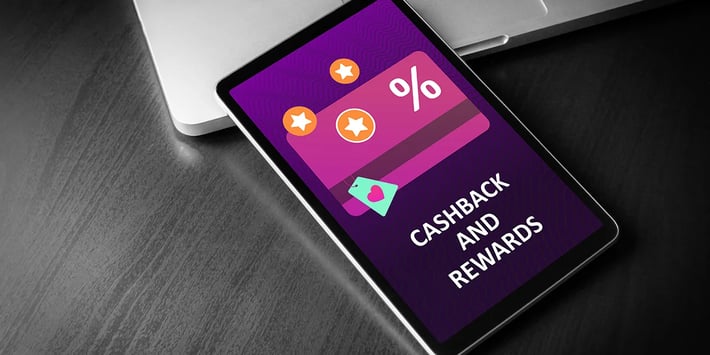
2. What’s the difference between a “managed” and “self-managed” loyalty programme (and which is best for my business?)
Every business operates in its unique way. Some prefer to keep the management of their loyalty programme in-house, employing a dedicated team to oversee every aspect. Others find more value in entrusting this responsibility to companies like us, here at Incentivesmart.
Managed programmes
Opting for a managed programme means you'll have a dedicated Client Success Manager who is committed to managing your programme while keeping your organisation's best interests in mind. In our case, depending on whether you choose our Premium or Enterprise plan, you'll enjoy several benefits, including:
- A hassle-free onboarding process.
- Creation of monthly reward communications tailored to your needs.
- Regular meetings and health checks to assess programme performance, with the support of reports and analytics.
- The points allocation process is expertly handled by your Client Success Manager.
- Content updates are managed by the same dedicated manager.
Self-managed programmes
On the other hand, you may prefer to take the reins and manage the programme on your own accord.
Using white label software can provide you with a straightforward onboarding process, intuitive design, and customisation features (provided the tool you select is up to scratch).
While you'll have a bit less support from a professional team, assistance can be available when needed.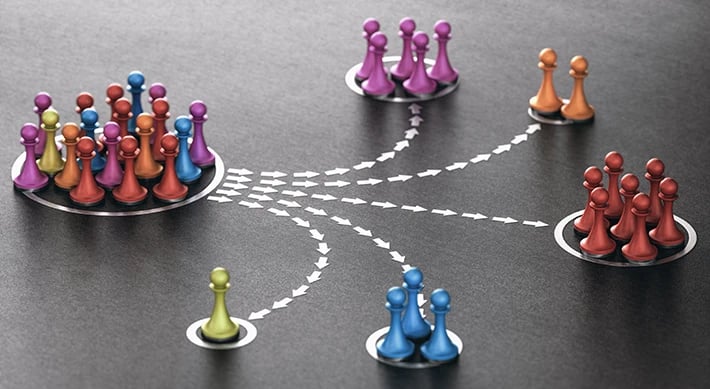
3. Who should I invite to join my loyalty club?
Deciding who to invite is a critical strategic choice and typically depends on your business objectives and the nature of your customer base.
It's common practice to offer your loyalty rewards to existing customers. These are individuals who have already engaged with your business and shown an interest in your products or services. However, some businesses also choose to invite new customers to encourage them to take immediate action.
You can also segment your customer base based on various criteria, such as demographics, purchase behaviour, or location. In doing so, you’re creating a more personalised approach, increasing the chances of engagement.
If this is your very first time creating a loyalty programme, you may want to roll it out in phases. You could begin by inviting a select group of customers to join, test the programme’s effectiveness, gather feedback, and then gradually expand it to a wider audience.
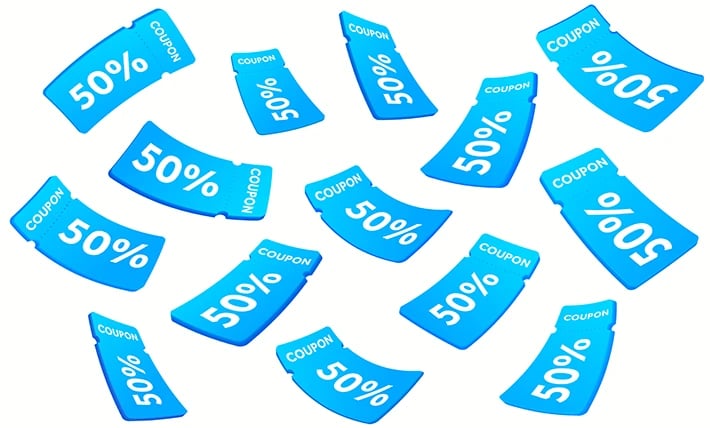
4. When should I reward customers?
There are 3 popular models of how you should reward your customers for their continued loyalty.. These are known as incremental, all-in and on-target all-in models, which we outline below in more detail:
- Incremental Model: This approach involves rewarding customers for exceeding predefined benchmarks, such as surpassing last year's sales figures. Here, the idea is to acknowledge and encourage customers to go above and beyond their past performance. It can be like saying, "Great job on outdoing your previous sales records – here's a reward to celebrate your extra effort."
- All-in model: In the all-in model, rewards are granted for every single sale, without any conditions or benchmarks to meet. This means customers receive rewards right away for their purchases. It delivers a constant stream of appreciation, where each sale, no matter how big or small, is recognised and rewarded.
- On-target all-in model: This model combines aspects of both the incremental and all-in models. Rewards are provided for all sales, just like in the all-in model. However, these rewards are only distributed once a specific sales target has been achieved. It's a way of motivating customers to aim for particular goals before they receive their rewards. So, it's a bit like saying, "You'll get rewarded for all your sales, but the bigger bonus comes when you hit this milestone we've set."
5. How much should I be giving back as a reward?
Typically, a good rule of thumb is to provide your customers with a reward ranging from 1% to 5% of their total spend, although this can vary depending on your profit margin.
For instance, if a customer spends £500, you might consider offering them a reward in the range of £5 to £25.
The specific percentage should align with your business's financial health and objectives, ensuring that the rewards are both enticing to your customers and sustainable for your company.
Discover our customer loyalty platform in just 3-mins
Watch quick demo video right now.
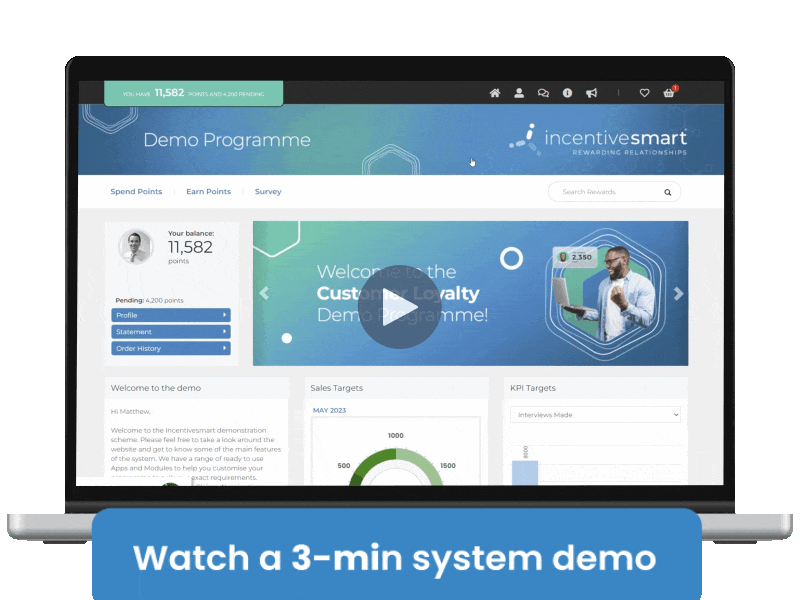
Measuring the ROI of your customer retention strategy
When you're gearing up to launch a customer retention initiative, it’s vital to measure its impact and demonstrate its value within your budget. To do this, you'll need to use analytics tools such as specialist software to tap into the wealth of data generated by customer interactions.
Below, we'll walk you through the process of assessing the return on investment (ROI) by focusing on key factors like customer satisfaction, engagement, churn rate, and product knowledge:
1. Improving customer satisfaction
Using loyalty software can help you track customer satisfaction rates through the following:
Referrals: Satisfied customers tend to recommend your business to others. Your loyalty software tracks these referrals, helping you measure the word-of-mouth impact and validate its ROI.
Repeat purchases: Happy customers are more likely to make repeat purchases. Your loyalty software tracks transaction frequency among different customer segments, showing how satisfied customers engage with your brand.
Surveys: You can directly collect customer feedback through surveys. Your loyalty software can facilitate quick polls, NPS surveys, and quizzes, enabling you to quantify responses and monitor improvements in customer satisfaction.

2. Encouraging customer engagement
Did you know that 75% of customers prefer to shop with businesses that offer rewards? With this in mind, a loyalty marketing strategy shouldn’t be overlooked if you’re serious about long-term success.
If you're providing customers with the opportunity to claim and redeem rewards, specialised software will track whether they are continuously clocking up their loyalty points and making use of the benefits. This means you can gauge which rewards are of more value to your customers.
To dig even deeper, think about conducting A/B tests. These can help you understand how customers respond to your emails, such as whether they open them or click through the content. Also, pay attention to how often customers log in and distinguish between those who actively use your platform and those who don't.
These metrics provide valuable insights into what's working and what needs improvement.

3. Reducing customer churn
High customer turnover often signals dissatisfaction. But figuring out why it's happening without a system to track engagement and satisfaction is almost impossible.
If you're only looking at foot traffic or website visits, you might miss out on key insights into what's stopping customers from committing to your brand in the long run.
That's where loyalty software comes into play.
You’ll get a deeper insight into customer behaviour by studying their buying patterns, gathering feedback, and asking relevant questions to improve your services.
By comparing churn rates between customers who actively participate in your rewards system and those who don't, you can clearly show stakeholders how the loyalty programme is effectively building trust and fostering commitment among your clients.

4. Improving customers' product knowledge
If you sell via a third party, your partners and distributors can use a loyalty scheme as a knowledge base to enhance their product understanding, which in turn boosts their sales skills.
It’s no secret that well-informed sales reps are more likely to convert customers and reach their sales targets. Additionally, some software includes communication tools that allow you to keep sales channels in the loop about new product launches and send out relevant updates to those using the platform. It's a handy way to keep everyone well-informed and aligned.
Create a winning customer retention strategy today
Here at Incentivesmart, we're well-equipped to support you in crafting effective strategies for customer retention that can pave the way for your business's success. Our team is committed to aiding you in establishing enduring connections with your customers. Contact us today to explore how we can collaborate to build a winning loyalty marketing strategy.


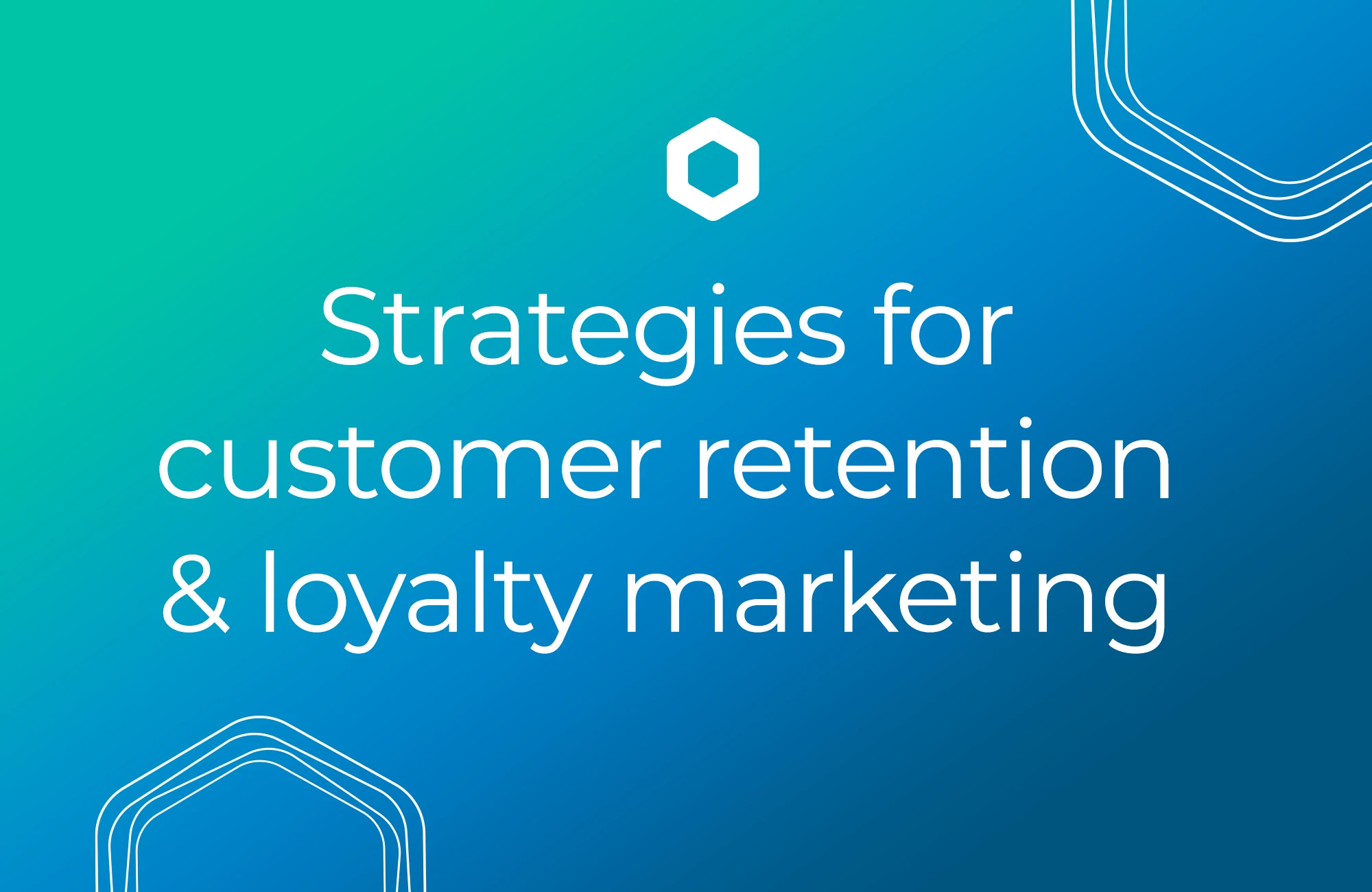





Join the discussion